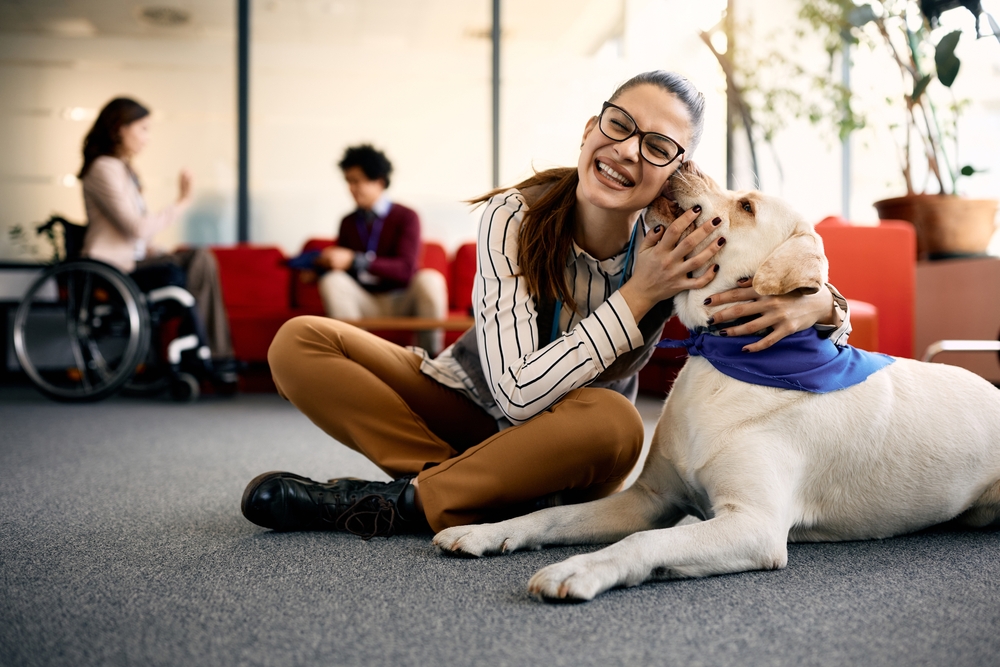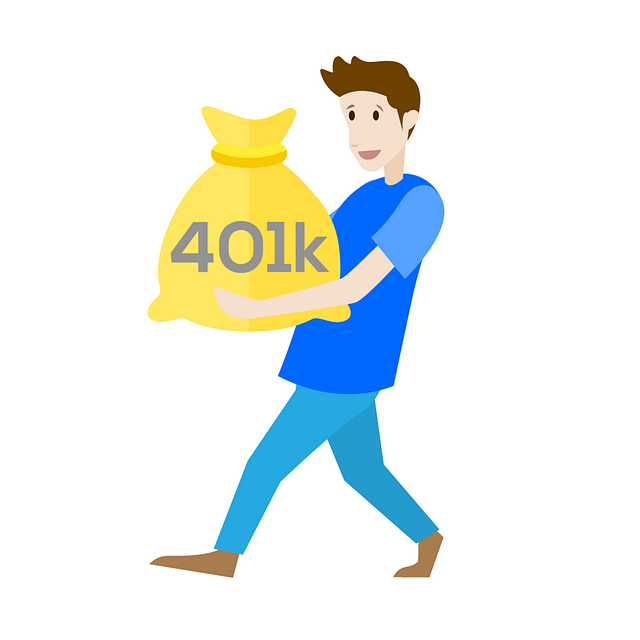The Intriguing World of Animal Assisted Therapy: A Comprehensive Look
Animal Assisted Therapy (AAT) is an emerging field in human healthcare that harnesses the unique bond between humans and animals. This article delves into the history, current trends, and the impact of this therapy on both patients and animals involved.

1. Tracing the Roots: History of Animal Assisted Therapy
The use of animals in therapeutic settings dates back to the 18th century when animals were used in mental institutions to improve the morale of patients. However, the concept of AAT as we know it today was formalized in the 1960s by child psychologist Dr. Boris Levinson. He discovered that his dog, Jingles, had a positive effect on his patients, making them more responsive to therapy.
2. The Present Scenario: Modern-Day AAT
AAT has evolved significantly over the decades. It’s now a structured and goal-oriented intervention where an animal that meets specific criteria becomes an integral part of the treatment process. AAT is utilized in various settings, including hospitals, nursing homes, and rehabilitation centers, to help patients with a range of conditions, from autism to post-traumatic stress disorder.
3. The Protagonists: Animals in AAT
While dogs are the most common animals used in AAT, a variety of animals, including horses, dolphins, and even llamas, are used depending on the therapeutic goals. For instance, equine-assisted therapy is renowned for helping patients develop motor skills and balance.
4. The Price Tag: Cost and Market Impact of AAT
The cost of AAT varies widely, depending on factors such as the type of animal, the duration of the therapy, and the professional fees of the therapists involved. On average, AAT can cost anywhere from $50 to $150 per hour. As awareness and acceptance of AAT grow, the market for therapy animals and related services is also expanding.
5. The Direction: Future Trends in AAT
With ongoing research revealing the benefits of AAT, its application is diversifying. Technological advancements are also contributing to this trend. For example, virtual reality is being combined with AAT to create immersive therapeutic experiences.
6. The Verdict: Efficacy and Research Support for AAT
A growing body of research supports the efficacy of AAT. Studies have shown that interaction with animals can lower blood pressure, reduce anxiety, and improve social interaction skills. However, more extensive and rigorous studies are needed to fully understand the potential of AAT.
In conclusion, Animal Assisted Therapy offers a unique way of healing that taps into the profound bond between humans and animals. As we continue to explore this promising field, it is crucial to ensure the welfare of the animals involved and to further validate the therapy through scientific research.




